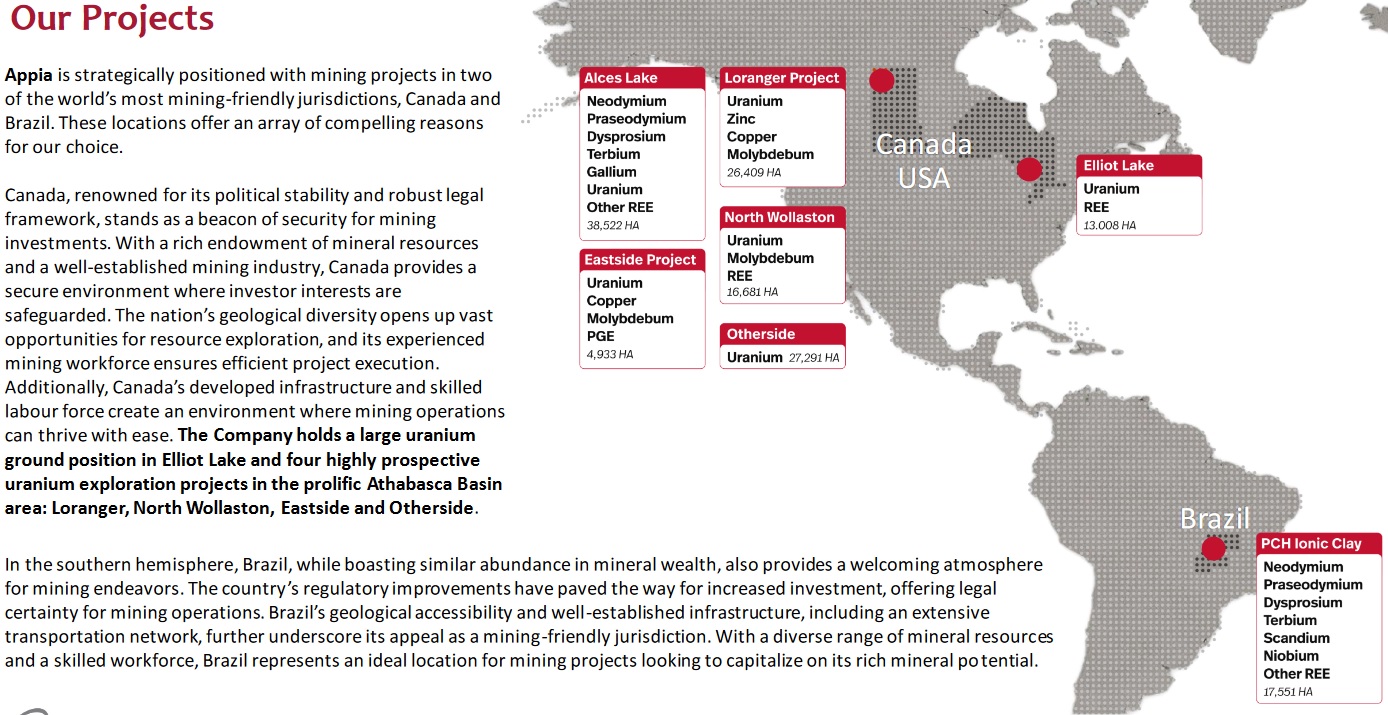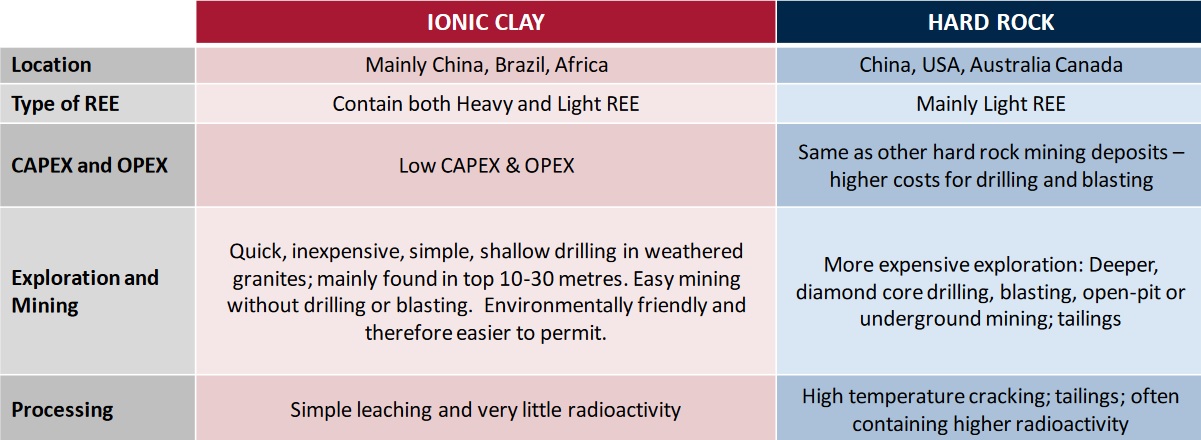Tom Drivas on the 3 world-renowned rare earths experts on Appia’s Critical Minerals Advisory Committee
In a recent interview with host Tracy Weslosky, Tom Drivas, CEO and Director of Appia Rare Earths & Uranium Corp. (CSE: API | OTCQX: APAAF), announced the significant addition of Constantine Karayannopoulos to Appia’s Critical Minerals Advisory Committee. Tom discussed how this move is a major endorsement of Appia’s projects, given Constantine’s reputation in the rare earths sector. Constantine, who is well known for his leadership in the critical mineral sector lead the Neo Materials deal by Molycorp in 2012 for C$1.3 billion. He was also the co-founder and Chairman of the Board of Neo Lithium Corp. when it was sold to Zijin Mining Group Co., Ltd. for $960 million in 2022.
Constantine Karayannopoulos joins Appia’s Advisory team, alongside world renowned critical minerals expert and the co-founder and Co-Chair of the Critical Minerals Institute (CMI) Jack Lifton. Jack who was the co-editor of the recently published textbook, Rare Earth Metals and Minerals Industries: Status and Prospects 1st ed. 2024 Edition, is joined with Don Hains, P. Geo who is a Consulting Geologist and well-known expert in ionic clay projects. In this interview, Tom emphasizes how having three of the world-renowned rare earths experts on Appia’s Critical Minerals Advisory Committee supports the commitment to leverage top-tier expertise to advance Appia’s Projects in Canada and Brazil.
Appia’s recent announcement of exceptional diamond drill results from the PCH ionic adsorption clay project in Brazil was also discussed in the interview. These results have revealed significant concentrations of Total Rare Earth Oxide (TREO) within the top 20 meters from the surface. Tom added, “Just for comparison, there is a deposit that went into production in the same area, and their average grade is 1,200 parts per million (PPM). We’re getting up to 93,000 PPM.”
Moreover, Tom outlined Appia’s broader strategy, which encompasses both rare earths and uranium projects. Tom outlined Appia’s involvement in the uranium sector, noting several uranium projects in the Athabasca Basin in Saskatchewan and Ontario. With plans to begin drilling at the Loranger Uranium-Bearing Property in Saskatchewan, Tom explains how Appia is positioning itself to capitalize on the rising uranium market. To access the full interview, click here
Don’t miss other InvestorNews interviews. Subscribe to the InvestorNews YouTube channel by clicking here
About Appia Rare Earths & Uranium Corp.
Appia is a publicly traded Canadian company in the rare earth element and uranium sectors. The Company is currently focusing on delineating high-grade critical rare earth elements and gallium on the Alces Lake property, as well as exploring for high-grade uranium in the prolific Athabasca Basin on its Otherside, Loranger, North Wollaston, and Eastside properties. The Company holds the surface rights to exploration for 113,837.15 hectares (281,297.72 acres) in Saskatchewan. The Company also has a 100% interest in 13,008 hectares (32,143 acres), with rare earth elements and uranium deposits over five mineralized zones in the Elliot Lake Camp, Ontario. Lastly, the Company holds the right to acquire up to a 70% interest in the PCH Project (See June 9th, 2023 Press Release – Click HERE) which is 40,963.18 ha. in size and located within the Goiás State of Brazil. (See January 11th, 2024 Press Release – Click HERE)
To learn more about Appia Rare Earths & Uranium Corp., click here
Disclaimer: Appia Rare Earths & Uranium Corp. is an advertorial member of InvestorNews Inc.
This interview, which was produced by InvestorNews Inc. (“InvestorNews”), does not contain, nor does it purport to contain, a summary of all material information concerning the Company, including important disclosure and risk factors associated with the Company, its business and an investment in its securities. InvestorNews offers no representations or warranties that any of the information contained in this interview is accurate or complete.
This interview and any transcriptions or reproductions thereof (collectively, this “presentation”) does not constitute, or form part of, any offer or invitation to sell or issue, or any solicitation of any offer to subscribe for or purchase any securities in the Company. The information in this presentation is provided for informational purposes only and may be subject to updating, completion or revision, and except as may be required by applicable securities laws, the Company disclaims any intent or obligation to update any information herein. This presentation may contain “forward-looking statements” within the meaning of applicable Canadian securities legislation. Forward-looking statements are based on the opinions and assumptions of the management of the Company as of the date made. They are inherently susceptible to uncertainty and other factors that could cause actual events/results to differ materially from these forward-looking statements. Additional risks and uncertainties, including those that the Company does not know about now or that it currently deems immaterial, may also adversely affect the Company’s business or any investment therein.
Any projections given are principally intended for use as objectives and are not intended, and should not be taken, as assurances that the projected results will be obtained by the Company. The assumptions used may not prove to be accurate and a potential decline in the Company’s financial condition or results of operations may negatively impact the value of its securities. This presentation should not be considered as the giving of investment advice by the Company or any of its directors, officers, agents, employees or advisors. Each person to whom this presentation is made available must make its own independent assessment of the Company after making such investigations and taking such advice as may be deemed necessary. Prospective investors are urged to review the Company’s profile on SedarPlus.ca and to carry out independent investigations in order to determine their interest in investing in the Company.






